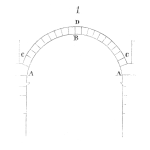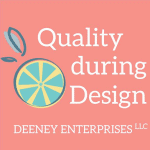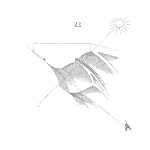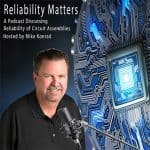
Thermal HALT
Abstract
Kirk and Fred discuss a paper Kirk wrote about how thermal HALT can be a tool for finding marginal signal integrity issues.
Key Points
Join Kirk and Fred as they discuss Kirk’s paper on the use of thermal HALT, initially posted on Kirk’s website, acceleratedreliabilitysolutions.com, in 2018, and a re-edited version that Fred recently posted on Accendo Reliability’s website. You can find a link to the article in the show notes below.
Topics include:
- Kirk found little when he researched for information and data about how the physical electronics, especially the PWBA (printed wiring board assemblies) in high-speed digital systems, the variations in the board layers, and the surface roughness of the wiring traces affect the quality of the signal integrity (SI).
- As data bus speeds increase, effects causing errors in data transmission that were not significant at the time (when bus frequencies were in the megahertz range) became dominant at the gigahertz frequencies of today’s digital systems. Interconnect resistance, capacitance, and inductance are frequency-dependent, and as bus speeds increase and geometries continue to shrink, these variables may prove difficult– if not impossible– to model accurately.
- Thermal HALT and varying voltage and clock margins may simulate the lot-to-lot parametric variations in semiconductors and PWBA’s, resulting in SI errors, but since few companies disclose their most useful methodologies, published data remains scarce











